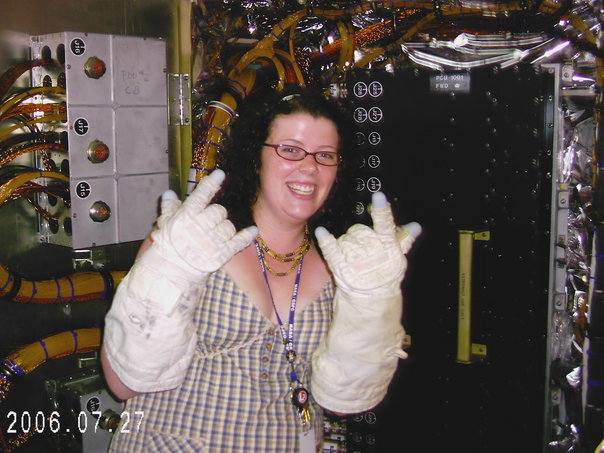National Solar Observatory
I was born in County Dublin, Ireland. When I was a teenager, my family moved to a rural village in County Kerry, in the southwest of Ireland. I went to school in Tralee. I was never particularly good at languages, but I really enjoyed math.
 My parents gave me the freedom to follow whatever path I chose. They never put any pressure on me to go in any particular direction but encouraged and supported me in any decision I made. My math/physics/applied mathematics teacher, Mr. Phil Stack, had a large impact on my decision. He taught these three subjects during my high school years. The continuity between the three courses made me realize the importance of not isolating one subject and the importance of studying the big picture. This is something I have carried with me right the way through university. It was a natural next step for me to study science at Trinity College Dublin.
My parents gave me the freedom to follow whatever path I chose. They never put any pressure on me to go in any particular direction but encouraged and supported me in any decision I made. My math/physics/applied mathematics teacher, Mr. Phil Stack, had a large impact on my decision. He taught these three subjects during my high school years. The continuity between the three courses made me realize the importance of not isolating one subject and the importance of studying the big picture. This is something I have carried with me right the way through university. It was a natural next step for me to study science at Trinity College Dublin.
During my time at University, I went on holiday to Washington, DC, where I visited the Air and Space Museum. After a visit to the planetarium there, I was completely fascinated by the stars and space. In my third year, I was lucky enough to be selected to travel to the Kennedy Space Center as part of a program run by the Irish Government. We took classes in space science, astrophysics and engineering, and participated in a project to build a weather balloon payload, designed to image the Earth from 20km. After this experience, I decided that I wanted to follow a career path in space physics.
During my PhD, also at Trinity College Dublin, I had the opportunity to do a lot of traveling. I spent months at a time as an intern at NASA Goddard Space Flight Center in Maryland and attended many scientific conferences throughout the world. My favorite was a graduate student summer school in Maui, Hawaii.
I worked for several years as a postdoctoral researcher at the Space Sciences Lab at UC Berkeley, where I continued my research into solar flares using a special X-ray satellite called RHESSI. During a solar flare, material can be heated up to more than 15 million degrees as a result of electrons traveling at close to the speed of light! It was my job to try to find out how these electrons can heat up the sun and by how much. I also looked at how they can cause coronal mass ejections, which are what cause the beautiful Northern Lights that we see on Earth.
In 2016, I became the Head of Outreach and Communications at the National Solar Observatory where I engage the public in space science education about the sun. I love living in Boulder, Colorado.
In my spare time, I love playing traditional Irish music. I have been playing bagpipes since I was 11 years old (and have even played at a Solar Physics conference!). Something I would love to, but have yet to get around to, is flying. Since I was a child, I have wanted to fly planes -- big ones, small ones, it doesn’t matter. All of the travel that I am doing helps!
Dr. Claire Raftery of National Solar Observatory
Watch on YouTube